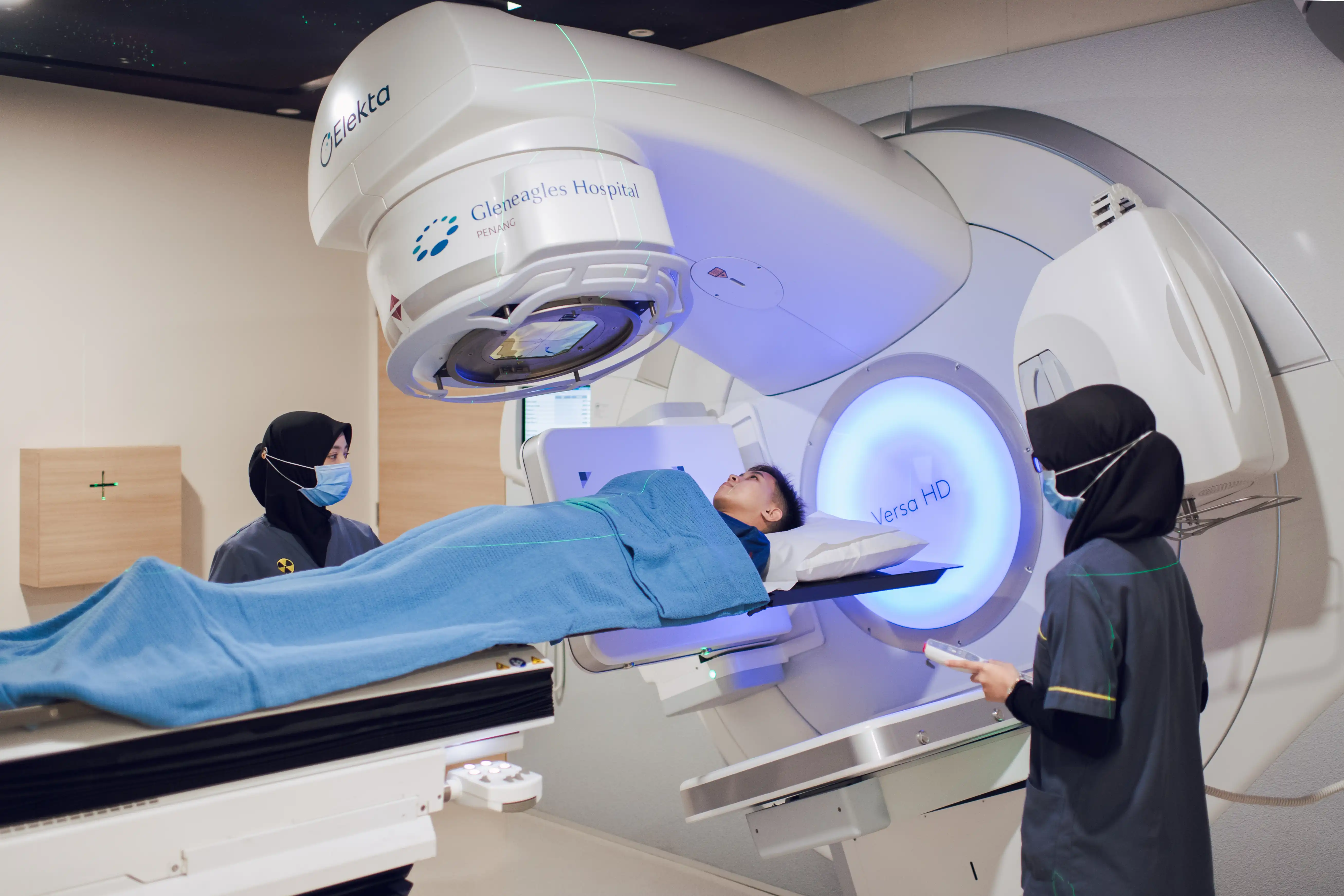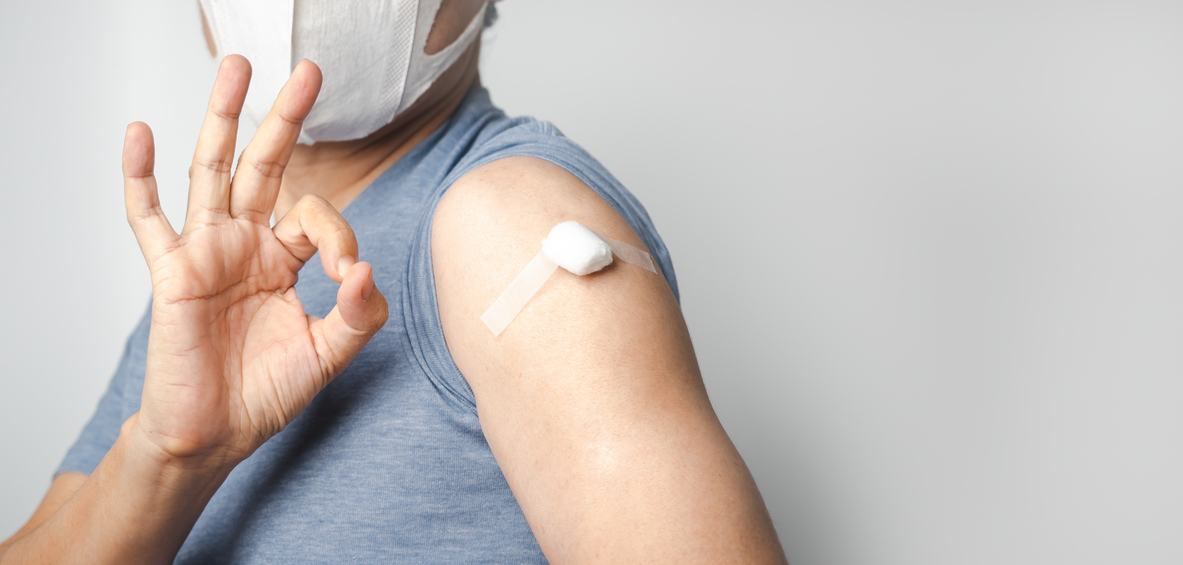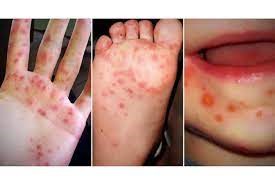In recent weeks, Hand-Foot-Mouth Disease (HFMD) cases have risen sharply nationwide, exceeding warning levels in
almost all states.
1. What is Hand-Foot-Mouth Disease (HFMD) in Malaysia?
In Malaysia, Hand-Foot-Mouth Disease (HFMD) is a common childhood illness caused by a virus. It easily spreads
from person to person (contagious) when someone comes in contact with the body fluids of an infected person.
This can happen by touching something that has been sneezed, coughed or drooled on.
2. How Long is Hand-Foot-Mouth Disease (HFMD) Contagious?
Individuals with Hand-Foot-Mouth Disease (HFMD) can be contagious during the incubation period (about three to
six days) before symptoms develop and may remain contagious for days or weeks after the symptoms and signs
abate.
3. Causes and Symptoms of HFMD in Malaysia
The first signs of Hand-Foot-Mouth Disease (HFMD) can be:
- Sore throat
- High temperature
- Not wanting to eat
- After a few days mouth ulcers and a rash will appear
Hand-Foot-Mouth Disease is spread when poor hand washing after a diaper change, or contact with saliva, which
allows the virus to be passed from one child to another. Within about four to six days of acquiring the virus,
an infected child may develop a relatively low-grade fever, ranging from 99 to 102°F (37.2–38.9°C).
Other
symptoms include fatigue, loss of energy, decreased appetite, skin rash, and a sore sensation in the mouth that
may interfere with feeding.
After one to two days, fluid-filled bumps (vesicles) appear on the inside of the mouth, along the surface of the
tongue, on the roof of the mouth, and on the insides of the cheeks. These are tiny blisters, about 3–7 mm
in
diameter. Eventually, they may appear on the palms of the hands and on the soles of the feet. Occasionally,
these vesicles may occur in the diaper region.
The vesicles in the mouth cause the majority of discomfort, and the child may refuse to eat or drink due to
painful mouth sores. This phase usually lasts for an average of a week or more if the child has a weakened
immune system. As long as the bumps have clear fluid within them, the disease is at its most contagious. The
fluid within the vesicles contains large quantities of the causative viruses. Extra care should be taken to
avoid contact with this fluid.
4. Diagnosis
Diagnosis is made by most doctors solely on the basis of the unique appearance of blisters of the mouth, hands,
and feet, in a child not appearing very ill.
5. What is the Treatment for Hand-Foot-Mouth Disease (HFMD)?
There is no treatment available to cure or decrease the duration of the disease. Medications like paracetamol may
be helpful for decreasing pain and helping the child to eat and drink. Oftentimes, your doctor may prescribe
throat spray to relieve the pain.
It is important to try to encourage the child to take in adequate amounts of fluids, in the form of ice chips or
Popsicles if other foods or liquids are too uncomfortable. There is a risk of developing dehydration.
6. Prevention
Prevention involves careful attention to hygiene. Thorough, consistent hand-washing practices and discouraging the
sharing of clothes, towels, and stuffed toys are all helpful. Virus continues to be passed in the feces for several
weeks after infection, so good hygiene should be practiced long after all signs of infection have passed.
Parents should be aware of the characteristic rash of Hand-Foot-Mouth Disease (HFMD) and monitor their children,
especially if they are in a childcare setting. Good hygiene practices should be strictly followed to prevent the
spread of the disease.
7. How to Stop Hand-Foot-Mouth Disease (HFMD) Infection in Malaysia?
In Malaysia, Hand-Foot-Mouth Disease (HFMD) is easily passed on to other people. It spreads in coughs, sneezes,
poo, and the fluid in the blisters.
You can start spreading it from a few days before you have any symptoms, but you are most likely to spread it to
others in the first 5 days after symptoms start.
According to the Ministry of Health of Malaysia (Kementerian Kesihatan Malaysia), there are a few ways to reduce
the risk of spreading hand, foot, and mouth disease:
- Wash your hands often with soap and water – and children's hands too.
- Use tissues to trap germs when you cough or sneeze.
- Bin used tissues as quickly as possible.
- Do not share towels or household items like cups or cutlery.
- Wash soiled bedding and clothing on a hot wash.
Staying off school or nursery
Keep your child off school or nursery while they are feeling unwell. But as soon as they are feeling better, they
can go back to school or nursery. There is no need to wait until all the blisters have healed. Keeping your
child away from other children for longer is unlikely to stop the illness spreading.
8. Hand-Foot-Mouth Disease (HFMD) in Pregnancy
Although there is usually no risk to the pregnancy or baby, it is best to avoid close contact with anyone who has
Hand-Foot-Mouth Disease (HFMD).
This is because:
- Having a high temperature during the first 3 months of pregnancy can lead to miscarriage, although this is
very rare.
- Getting hand, foot, and mouth disease shortly before giving birth can mean your baby is born with a mild
version of it.
Speak to your doctor if you have been in contact with someone with hand, foot, and mouth disease (HFMD). If you
or your child experience symptoms such as a fever or sore throat, stay home from school or work. It is best to
avoid contact with others once the blisters and rashes develop. This can help you avoid spreading the disease to
others.













